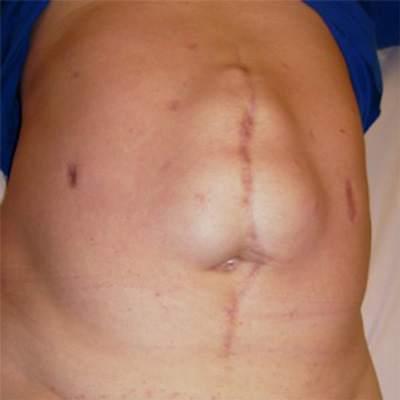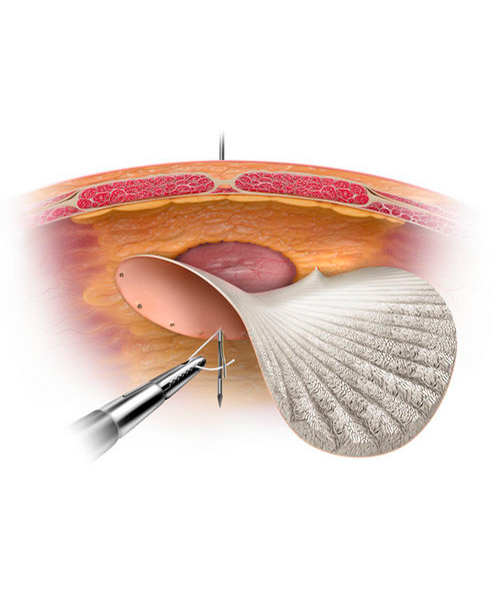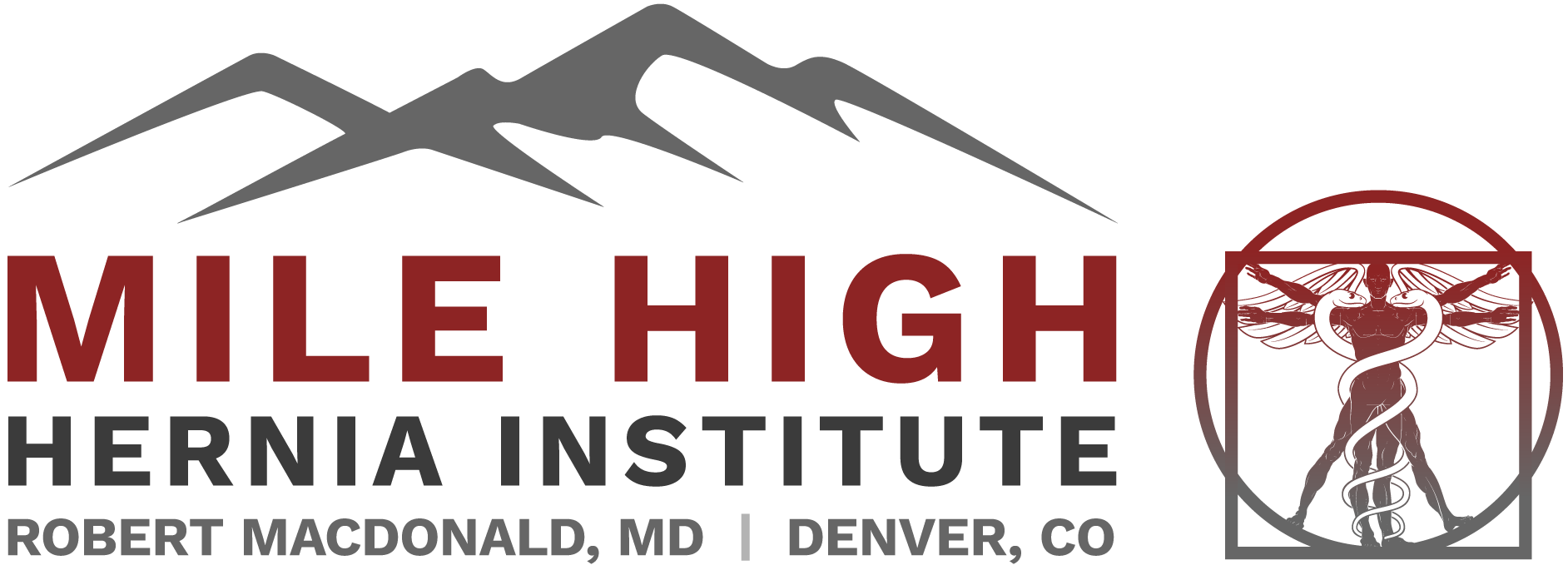Incisional Hernia
Incisional Hernia
An incisional hernia occurs where a previous surgical incision was made during a different operation. It results from incomplete healing of that previous incision. This can occur immediately after the surgery or many years later. Several factors contribute to incisional hernias including diabetes, smoking, obesity, poor nutrition, chronic cough, chronic illness, and overactivity following a surgical procedure(i.e. heavy lifting or straining). Most surgical incisions require 8-10 months to heal completely and only achieve about 80% of the strength the muscle had prior to surgery. This is why previous incisions put a patient at risk for hernias. Incisional hernias tend to enlarge with time and usually require repair.

Symptoms of Incisional Hernia
Symptoms of an incisional hernia include a bulge or pain underneath an incision. An examination by a surgeon is usually all that is needed to confirm the diagnosis. Occasionally a CT scan or ultrasound is helpful. Though usually a nonemergent problem, delaying repair allows the hernia to get larger and risks the intestine getting stuck in the hernia, occasionally requiring an emergency operation.

Hernia Surgery
There are several techniques hernia surgeons use to approach an incisional hernia. The operation might be very short and simple, or quite long and involved. Hernia surgeons will choose the type of repair best suited to the particular abdominal wall defect and the many varying patient characteristics. Repair nearly always involves patching the hole in the muscle with a piece of mesh, made from a soft plastic material. Depending on the size and location of the hernia, repair may be performed laparoscopically or through an incision directly over the hernia. In this image, the mesh is placed beneath the muscle using a laparoscopic technique. For very small hernias, simply opening the old incision and patching the hole with mesh is often preferred. Very large incisional hernias, as well as those with high risks of recurrence, demand more advanced abdominal wall reconstruction techniques. In these situations, portions of the abdominal wall muscle are released so that the muscle can be brought together again, and mesh is positioned below the muscle as reinforcement. Your surgeon can tell you which technique is best for your hernia, and why.
Recovery From Incisional Hernia Repair
Recovery can vary and depends on many factors including size of the hernia, type of repair used, patient age and health, post-operative discomfort, and technical issues encountered during surgery(previous scar tissue, whether intestine was in the hernia, etc.) In general, small hernias can be repaired as an outpatient. Larger, more complicated hernias require hospitalization, occasionally for several days. Similarly, long term recovery and activity restrictions are extremely variable. I prefer to address this with the patient on an individual basis. The biggest risk of incisional hernia surgery is a recurrence of the hernia(10-40%), and can be directly related to many patient factors such as weight, smoking, diabetes, and adherence to post-operative instructions.
